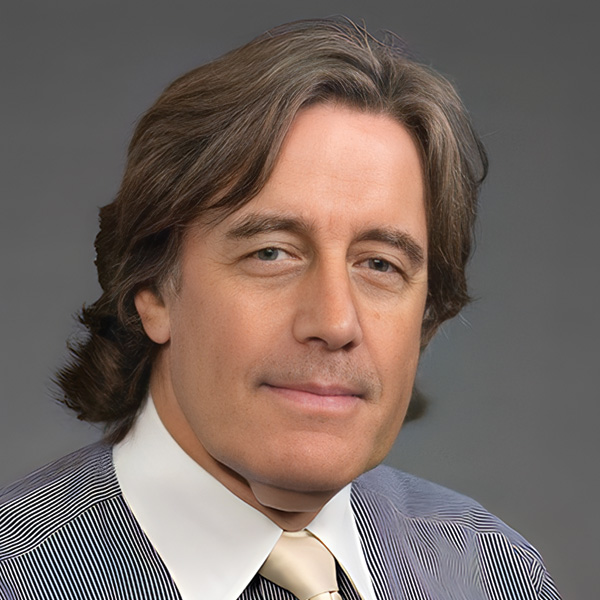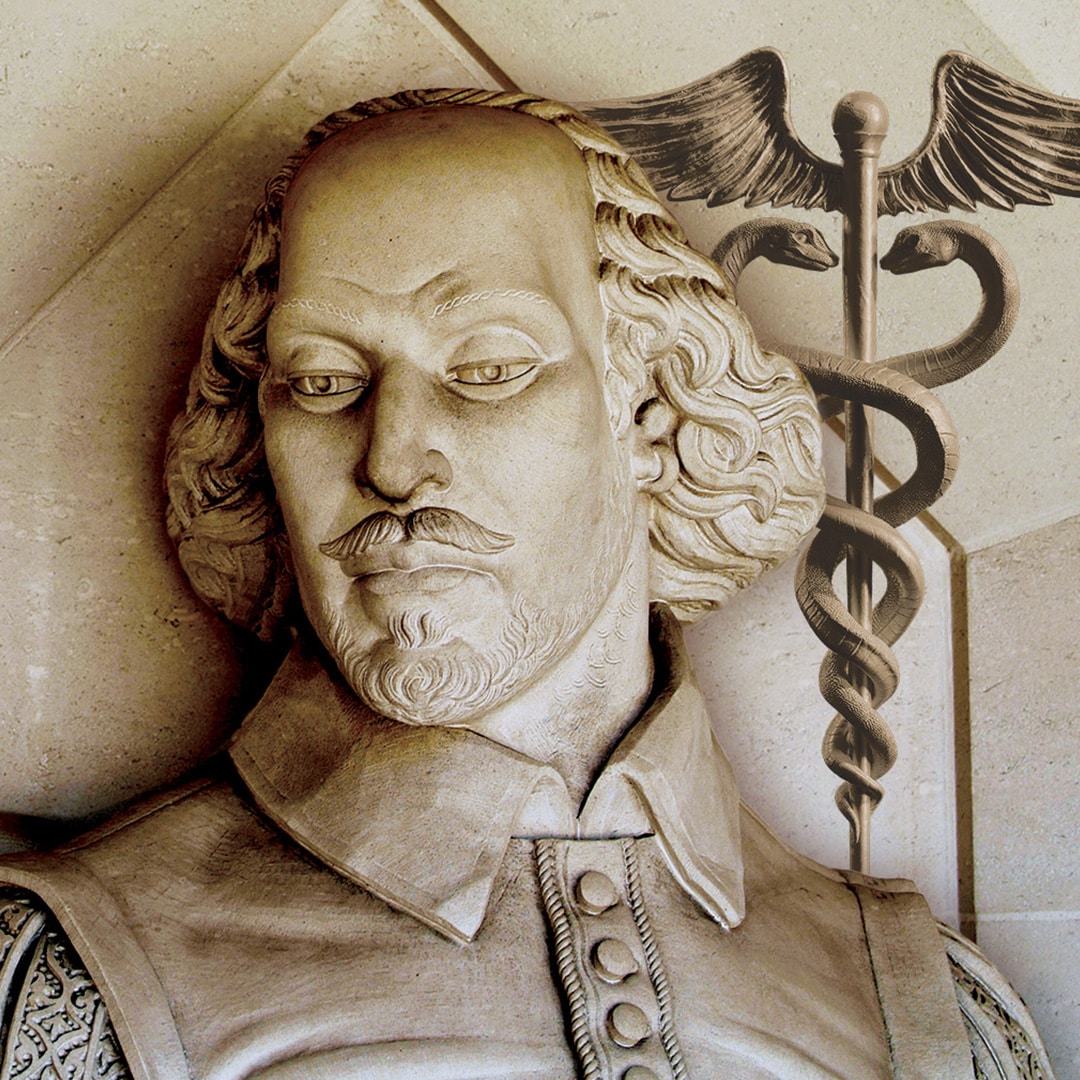A beautiful child born, smiles all around
Soon sees, gurgles, moves fingers and toes
But through its ears, no parent’s coos, no sound
Reaches the brain, no friendly ahs and ohs
The fetus forgot this critical probe
No auditory nerve to take signals
To cochlear and temporal lobe
No hearing, just deafness to calls
A device now replaces natures part
Mic, processor, transmitter, receiver
Enter sound waves and pulses depart
Towards the cortex, the brain’s vibrator
Take that child, who has never heard before
And carefully control its behavior
Backstory
The history of the cochlear implant is confusing and, in contrast to many other items in this series, it is difficult to pinpoint any one event or inventor that unequivocally marks the birth of this particular medical technology. The cochlear implant is intended to apply electrical stimulation to the ear in order to produce the sensation of sound. The implant bypasses damaged parts of the ear to deliver sound signals to the auditory nerve. They have a sound processor behind the external ear which captures the signals and sends them to a receiver implanted under the skin. This receiver sends the signals to electrodes implanted in the cochlea within the inner ear. These signals stimulate the auditory nerve, directing them to the brain. Early attempts to create a sound simulating system date back to the mid-nineteenth century, but it was a French team (Djourno and Eyrès) that were the first to implant a device in 1957. It was several years before the next steps were taken, by House and Doyle in Los Angeles; a series of arguments about patents and inventors, and the less-than-successful outcomes, delayed widespread endorsement of this technology, which did not happen until Graeme Clark implanted the first multi-electrode hearing prosthesis, in Melbourne, Australia in 1978, which was commercialized by the Cochlear company.
One of the most profound consequences of the invention and clinical application of the cochlear implant concerns the use of device in young children who are born with profound deafness. There are strict guidelines on this use (it was approved by the FDA in the USA in 1990) since the child has to be of the right age for maximal benefit, and the involvement of child psychologists, speech therapists, audiology professionals and many others is essential. It is a remarkable experience to watch a two-year old child, up to then without hearing, listening to sounds for the first time in their life, with the help of a cochlear implant.



